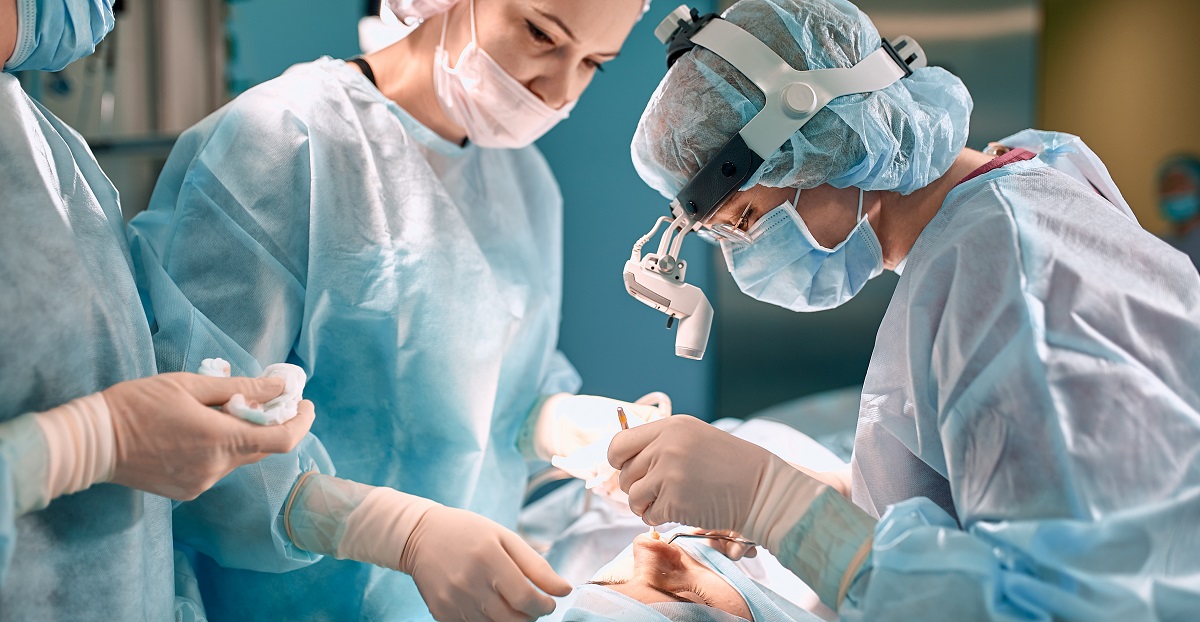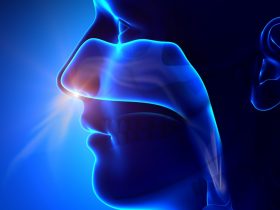A new study presented at the 2023 American Rhinologic Society, Combined Otolaryngology Spring Meeting (ARS-COSM) in Boston, Massachusetts (May 4-5), has demonstrated significantly shorter time to revision surgery in patients with chronic rhinosinusitis without nasal polyps (CRSsNP) compared to those with nasal polyps (CRSwNP).
CRSwNP is a type 2-mediated inflammatory disease of the nasal cavity and paranasal sinuses. Endoscopic sinus surgery (ESS) is often considered for CRS when medical therapy alone is insufficient. Studies have reported that several factors influence the need for revision surgery, including surgical technique, skill, patient compliance, and disease characteristics. While there are a number of endotypes, subtypes, and phenotypes of CRS, only a few studies reported the outcomes based on CRS classifications.
The study investigated the long-term revision rates and time to revision for CRS patients by subtype. The research team analyzed adult CRS patients who had undergone ESS between 2010 and 2016. The CRS cohorts were carefully categorized and included individuals with CRSwNP and CRSsNP. Moreover, the patients were further classified based on their endotypes, specifically eosinophilic CRS (eCRS) and subtypes, including AFS, GPA, AERD, IMD, and EGPA.
The study identified 438 patients who underwent ESS for chronic rhinosinusitis. Among them, 191 patients had CRS with polyps (CRSwNP), while 247 patients had CRS without polyps (CRSsNP). The median follow-up time for these patients was 6.7 years, and 32 (7.3%) patients underwent revision ESS.
Findings revealed that revision rates were similar for both CRSwNP and CRSsNP patients. However, patients with CRSwNP had a significantly longer median time to revision surgery than those with CRSsNP (54 months vs. 29 months).
In addition, when examining revision rates based on specific CRS subtypes, allergic fungal sinusitis was found to have a revision rate of 2.1%, AERD (6.9%), eCRS (7.4%), immunodeficiency (14.3%), granulomatosis with polyangiitis (20.0%), and eosinophilic granulomatosis with polyangiitis with the highest revision rate of 25.0%. The median time to revision surgery in months for each subtype was 15, 53, 53, 5, 13, and 45, respectively.
“Historically, patients with CRSwNP have had higher revision rates than CRSsNP. However, our study found similar rates, with time to revision surgery being significantly shorter in CRSsNP compared to CRSwNP,” the authors highlighted.
Some limitations in the study include the variability of cohorts among different subtypes, the inherent potential for bias associated with retrospective studies, and the unavailability of surgical records from institutions other than the Mayo Clinic, which limited the scope of analysis. Further studies are needed to validate the findings and expand the understanding of revision rates and outcomes in diverse CRS subtypes.
Reference:
Ramkumar S, Brar T, Miglani A, et. al. Long-term Revision Surgery Rates of Chronic Rhinosinusitis Treated with Endoscopic Sinus Surgery and Standard Medical Therapy by Subtype. ARS-COSM. May 4-5, 2023.







